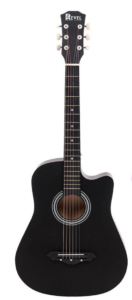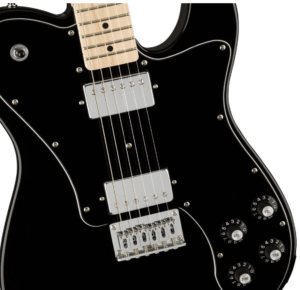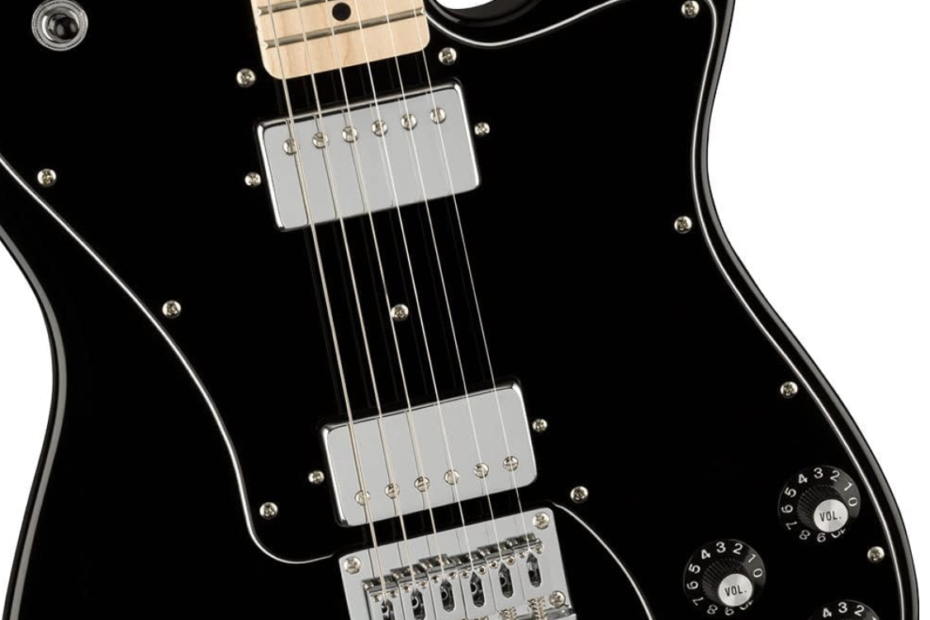Guitar arpeggio is a captivating and versatile technique that can elevate your guitar playing to new heights. Whether you’re exploring classical compositions, jazz improvisations, or adding flair to rock solos, mastering the art of guitar arpeggios can significantly enhance your musical expression.
In this article, we’ll delve into the world of guitar arpeggio technique, covering various aspects from fundamental concepts to advanced applications.
 Understanding Arpeggios
Understanding Arpeggios
An arpeggio is the sequential playing of the individual notes of a chord rather than playing them simultaneously. This technique allows each note to be distinctly heard, adding clarity and sophistication to your playing. Arpeggios are derived from chords and are an essential element in various musical genres.
Basic Arpeggio Patterns
There are some basic patterns that you can use to improve your arpeggios. The two main patterns are the following:
1. Major and Minor Triads
- Start by practicing major and minor triads. These three-note arpeggios form the foundation for more complex patterns. For example, in the key of C, the C major triad consists of the notes C, E, and G.
Also Read:
MXR Clone Looper Guitar Effects Pedal: Review
MOOER Prime P1 Guitar Multi-Effects Processor Review
2. Seventh Chords
- Progress to four-note arpeggios, including major 7th, minor 7th, dominant 7th, and diminished 7th chords. These extended arpeggios add richness and complexity to your playing.
 Techniques for Guitar Arpeggios
Techniques for Guitar Arpeggios
1. Fingerpicking
- Fingerpicking is a common technique for playing arpeggios. Assign each finger to a specific string and practice plucking the strings individually to create a seamless arpeggio sequence.
2. Sweeping
- Sweeping involves using a sweeping motion with the pick across the strings to play arpeggios quickly and smoothly. This technique is prevalent in shred and metal genres and requires precise control.
3. Tapping
- Tapping can be applied to arpeggios, especially in fast and intricate passages. Use both hands to tap on the fretboard, creating a fluid and impressive sound.
4. Hybrid Picking
- Combine picking and fingerstyle techniques by using a pick for some strings and fingers for others. Hybrid picking provides versatility and can enhance the expressiveness of arpeggios.
 Practicing Arpeggios
Practicing Arpeggios
1. Start Slow:
- Begin practicing arpeggios at a slow tempo to focus on accuracy and finger placement. Gradually increase the speed as you become more comfortable.
2. Use a Metronome:
- Practice with a metronome to improve your timing and rhythmic precision. This is crucial for developing a sense of control, especially when playing complex arpeggio patterns.
3. Apply in Musical Contexts:
- Incorporate arpeggios into your playing by integrating them into chord progressions or solo improvisations. This helps bridge the gap between technical exercises and musical expression.
Advanced Arpeggio Concepts
1. Arpeggios Over Chord Changes:
- Learn to navigate arpeggios smoothly when transitioning between different chords. This skill is valuable in improvisational contexts and enhances your ability to outline chord progressions.
2. Modal Arpeggios:
- Explore arpeggios that correspond to different modes (e.g., Dorian, Phrygian). This adds depth to your playing and allows you to capture the unique characteristics of each mode.
3. Sequencing:
- Experiment with arpeggio sequences to create interesting melodic patterns. This involves playing the arpeggio notes in various ascending or descending orders.
 The Best Guitar Arpeggio Exercises
The Best Guitar Arpeggio Exercises
Conclusion
Mastering guitar arpeggios is a rewarding journey that opens up a world of musical possibilities. Whether you’re aiming for the expressive beauty of classical arpeggios or the lightning-fast runs of shred guitar, consistent practice and a thoughtful approach to technique are key.
Incorporate arpeggios into your daily practice routine, experiment with different styles, and enjoy the creative freedom they bring to your playing.
As you develop proficiency, you’ll find that arpeggios become a powerful tool for musical expression and a source of inspiration in your guitar journey.
